I thought a lot about what to make my next blog post about. After taking part in a hand-lettering workshop in Munich a few weeks back, I thought I’d write about that. But then time went by and I spent it working, teaching, and worrying about which studies to focus on because I had this crazy idea I had to get another degree. (That almost became the topic of a blog post in and of itself: what going to university when you’re over a decade older than everyone there does to your ego and brain – but it was too depressing, so I decided against it.)
Then, a month ago, colleagues at my office decided to move out, dissolving our office and forcing me to overthink my work situation once more. Questions over questions began to arise: Should I work from home for my creative stuff and just get a small desk in a co-working space for my client work? Or should I “represent” with a big office that can comprise everything I do, from client-focused editing, translating, and copy-writing to student- and pupil-focused teaching, to my creative endeavours, which really aren’t customer-focused just yet but could be soon? (More on the new office situation and my rambling thoughts on this topic once I’m settled in to my new office.) Naturally, writing a blog post has been the last thing on my mind. But then, amid the noise and haste …
linguistics, the bible, cursive handwriting, primers – and the common denominator: the letter
This past weekend, I visited Leipzig, a city in the middle of Germany, and one that used to be in East Germany. You can feel this historically recent change from a communist to a capitalist society all over the city. It is now also known for its hip and up-and-coming areas filled with students and start-ups of all kinds. Embedded in these surroundings, I went to the Leipzig “Typotage” (typography days).
The conference is very low-threshold. Expecting typographical topics, I found myself instead listening to speakers talk about how children learn cursive handwriting, how best to learn how to read, and why linguistics never really paid attention to the written word up until a decade ago. All of these topics are part of my day-to-day grind, and yet here they were, at a typography conference – which I don’t really consider part of my regular work day.
This typography conference made me realize that while we may all believe that what we are working on is self-contained, it really has to do with a lot of other fields. We feel like we are important players in our fields when we are all just part of a bigger network. As corny as it sounds, I realized: everything is connected. (That might be the remnants of the communist regime speaking.)
readability and legibility
I sometimes get strange looks when people ask what I do and I tell them I teach adolescent refugees how to read and write the Latin alphabet and subsequently, how to speak German. But really, that is just as related to good design as the legibility and function of designed websites. After all: if you can’t read the website, there’s no point in designing it with the aim of good legibility.
It all comes down to the same entity: the letter. Letters are written phonetic sounds, which form the basis of syllables and words in speech. They are also the components of the written word, which of course in turn forms our society and information age. And letters are the basis of the recently rediscovered and now quite popular art forms of calligraphy and hand-lettering. Of course you can regard all of this separately: not every designer can teach literacy, not all adult educators notice readability, and not all linguists concern themselves with the written word. And yet somehow it is all intertwined.
smith of all word forms
Taking a short trip to a different city really opened my mind in regard to the position of my company. Though I might doubt it at times, I am a typographer – even if I don’t work in a type foundry. I am a teacher – even if I don’t teach Austrian kids at an Austrian school. I am a hand-lettering artist – even if my art is more of a personal side-project right now. I am all of these things. And no, I’m not saying I’m a jack-of-all-trades – but I am saying there’s no need to limit myself in my mind or in regard to clients: when it comes to letters, I’m your girl. After all, my name is the wordsmith. Sure, it’s good to specialize in certain fields, but all of them can co-exist peacefully and indeed enrich each other.
expansiveness, wide-open spaces
Wide-open spaces, alternative trends and people who seemingly do not follow any trend at all, a small and focused conference that branched out into various disciplines, the old and the new co-existing, all helped show me: everything is separate, and yet everything is connected. Here are some of those wide-open spaces that inspired me and that fit so well into my work life right now. Maybe they will inspire you, too.

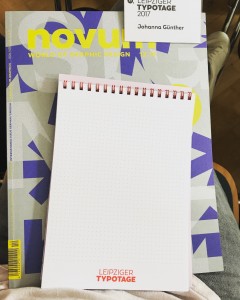
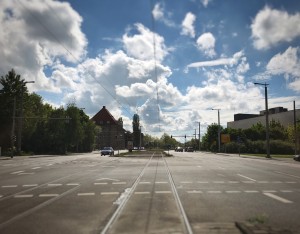
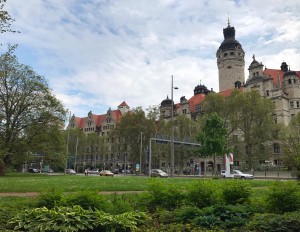
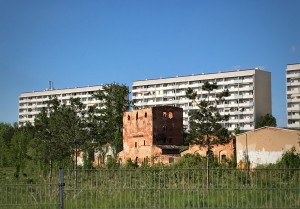
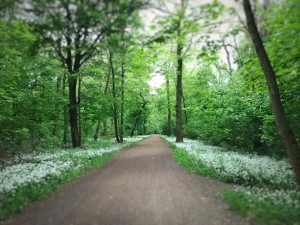
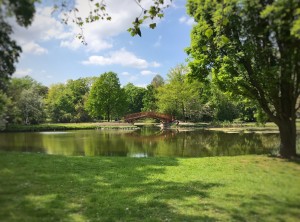
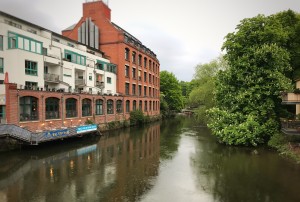
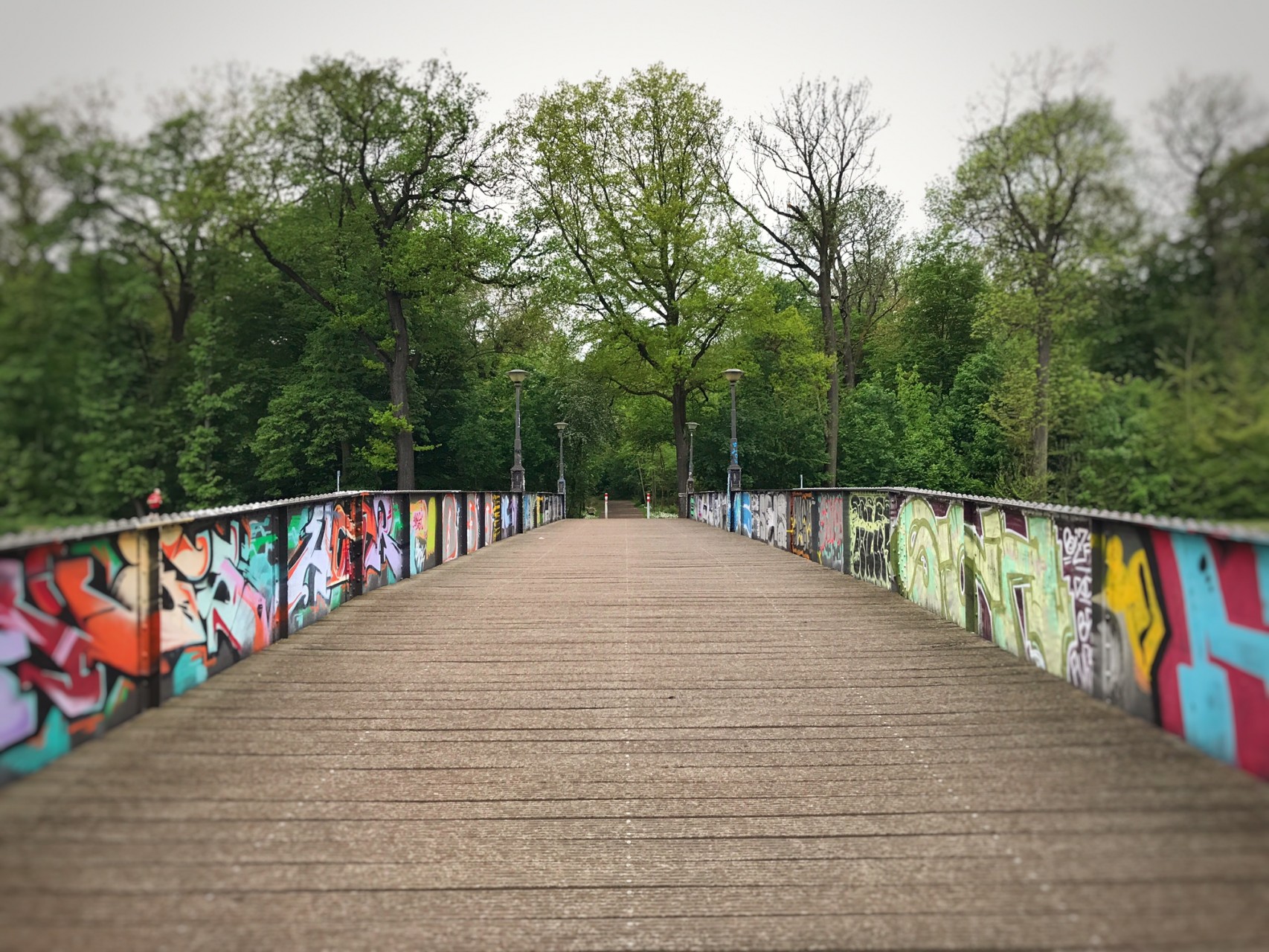 when you walk on the way, the way appears.
when you walk on the way, the way appears.